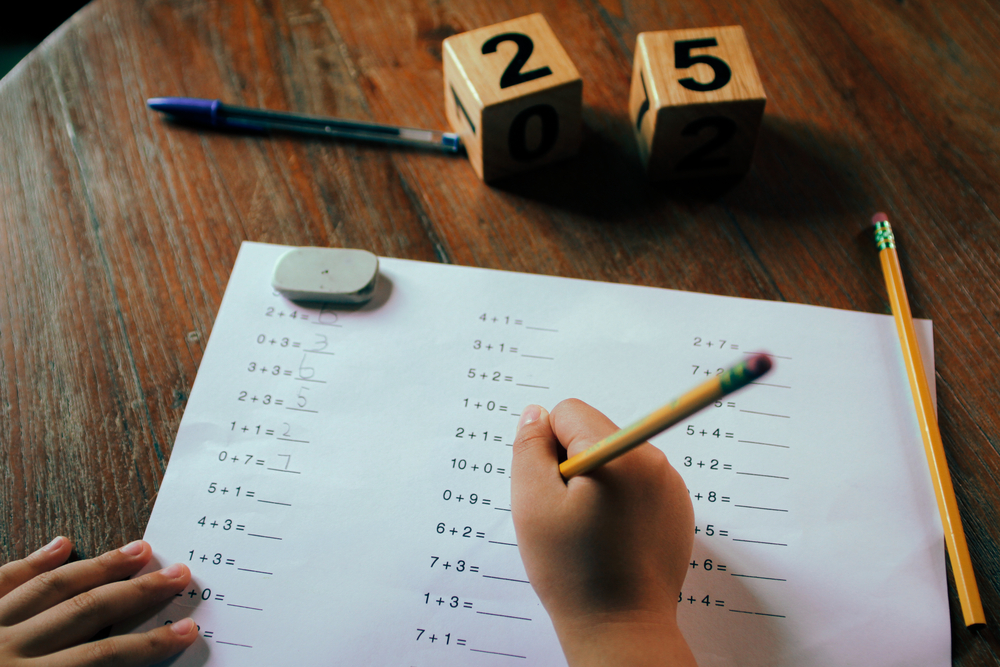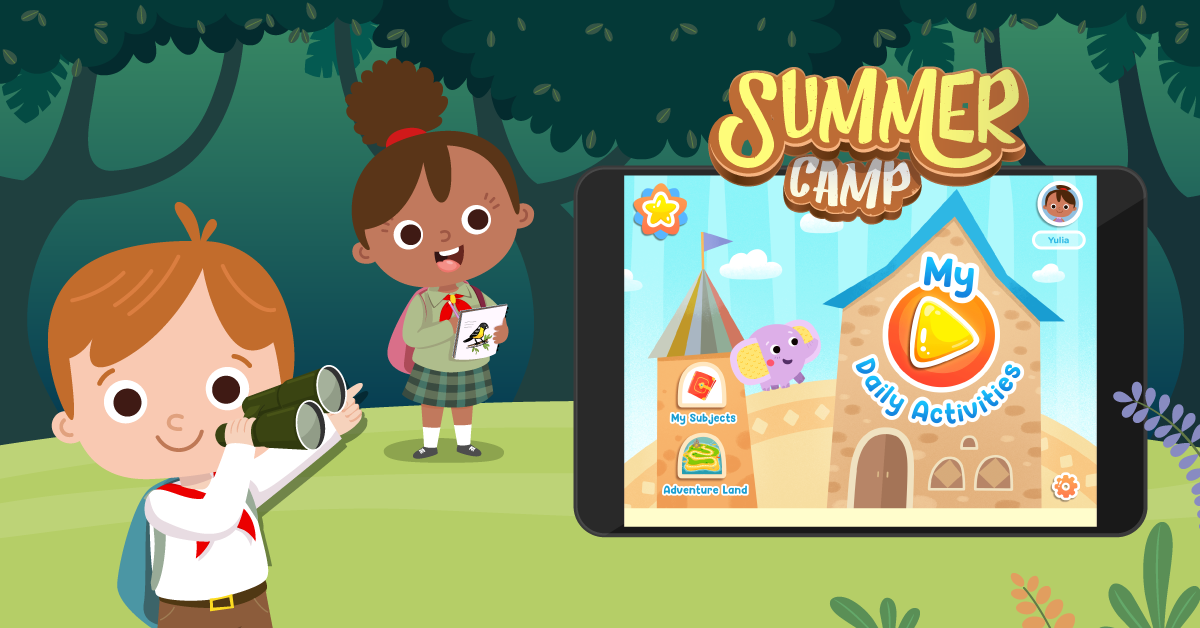Direction understanding Worksheets for Kids
1 filtered results
-
From - To


Towns Worksheet
Question/Answer
What are some effective activities to train students’ Direction understanding skill when teaching them about Reading Non-Fiction?
Effective activities to train students in understanding directions when reading non-fiction include: summarizing paragraphs, creating mind maps of the text structure, identifying the main idea and supporting details, engaging in Q&A sessions, and comparing and contrasting different non-fiction texts. Additionally, having students outline texts and create their own questions based on the readings can significantly enhance their direction understanding skills.
What does the Direction understanding skill mean when it comes to Preschool Reading Non-Fiction learning?
The Direction understanding skill in Preschool Reading Non-Fiction learning refers to the ability of young learners to grasp the concept of 'directionality' in texts. This involves understanding that text is read and follows a specific path, typically from left to right and top to bottom, which is a foundational skill for reading and interpreting non-fiction and other types of texts.
How to test a Preschool student’s Direction understanding skills?
To test a preschool student's direction understanding skills, engage them in activities that require following simple directions, such as Simon Says, obstacle courses, or scavenger hunts. Use clear, age-appropriate commands involving directions like up, down, left, right, forward, and backward. Observe their responses to assess their comprehension and ability to execute the directions given.
 Assign to the classroom
Assign to the classroom












